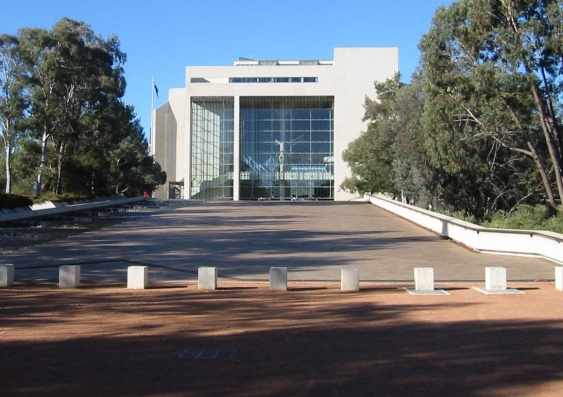High Court appointment shows how bench retirement age needs to better reflect society
Last week saw the swearing-in of Geoffrey Nettle as the High Court's 51st justice. But a dated rule means he must retire in less than six years, writes George Williams.


